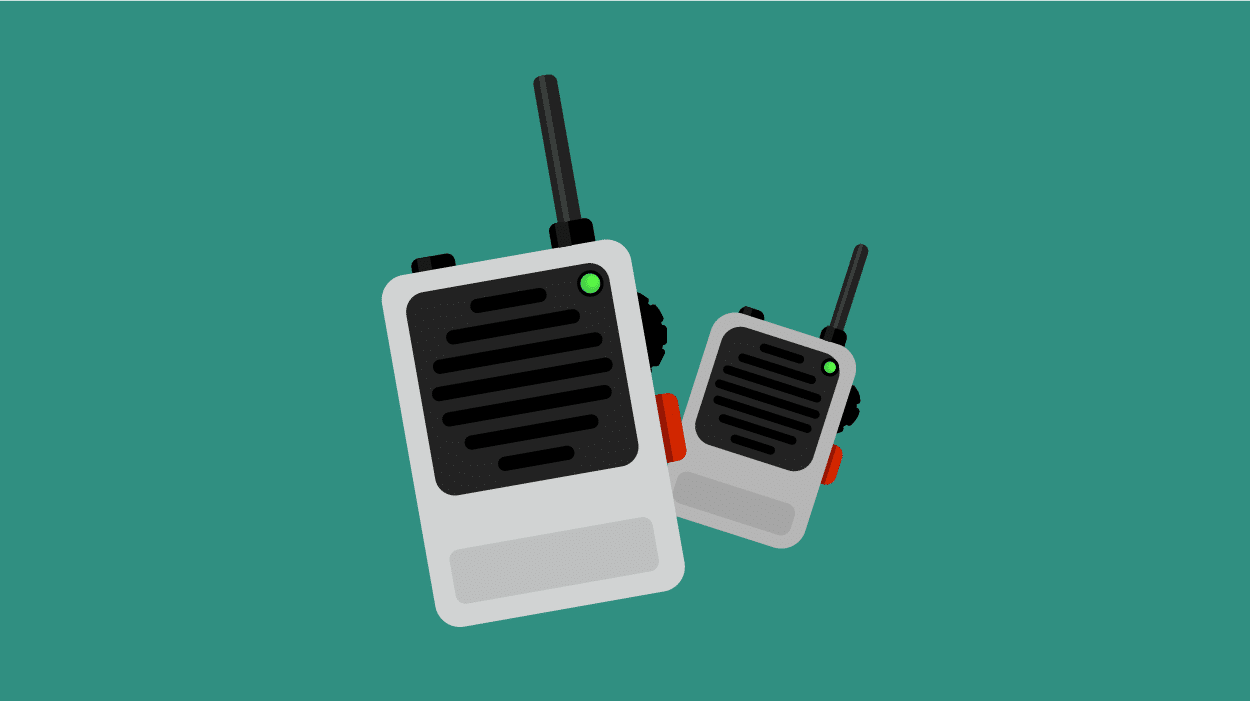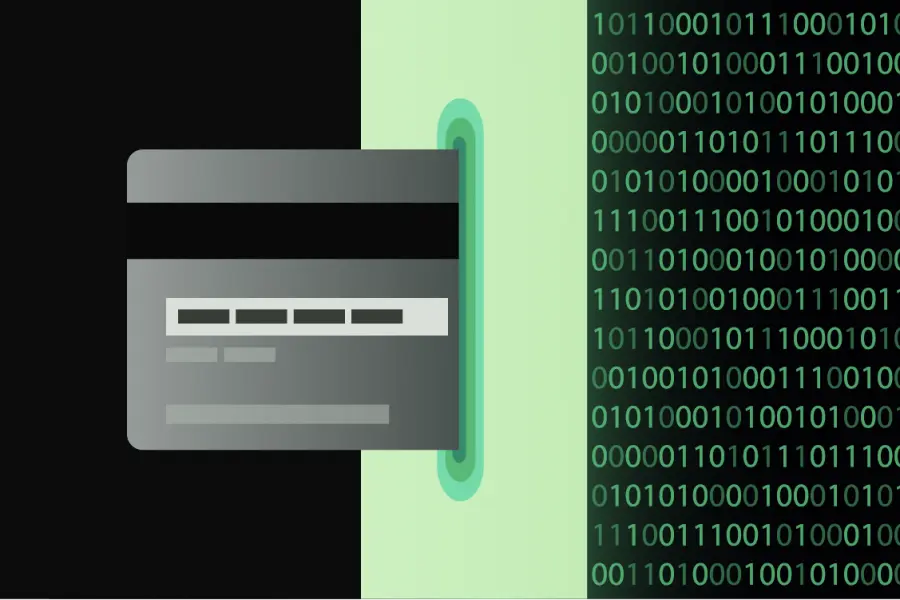Let’s admit. It is never easy to deal with angry customers as anything will seem offensive to them. Having suffered from these tough situations often teach you many things. Still, hey, an entirely new overview of handling matters can get you the benefit of using a better strategy to make the situations better. For every business, customers hold the utmost importance as they are the profit driver aspect of their entire plan.
If the problems of customers are not given sufficient attention, it tends to harm the reputation of a business and doesn’t add up any values to services you are providing. And in a world where online reviews are given higher preference before choosing products or services of a business, it becomes highly essential to give your customers the attention they need, even when they are angry.
Here are 10 tips you can use in any situation when customers get angry customers.
1. Remain Calm
Just because your customer is angry and is probably debating you on every proposal you make to calm the situation, doesn’t always mean you have to do the same. Hold your breath and keep listening to them to solve the problem. Anger is a natural human behavior, and it certainly comes out when a customer is bargaining with you for prices or packages.
Without giving a single sign of your frustration or displaying any signs of anger, keep explaining your limits, and provide them with enough time to rethink their decision. An excellent customer support executive knows when to keep their minds fresh and calm to protect the business reputation.
2. Divide And Rule
If a customer is stating a problem in your product or services, get an overview of the problem, and understand the entire scenario. Dividing the bigger problem in small chunks helps cope up with the damages done efficiently and quickly. Therefore, divide the issue of the customer in small chunks. Try to resolve this set of smaller problems to ultimately solve the bigger one.
It helps helm your business’s reputation as a quick problem solver and gives your customers a confirmation of the best service support you offer.
3. Understand The Customer’s Perspective
Before you listen to your customers, it is essential to clear out your mind. Do not hold any thoughts and simply listen to what they are explaining. Try to understand the situation from their perspective to know the root of the problem. Without losing your patience, it is crucial to listen to them and learn their views.
Instead of thinking about all the “should” that customers have thought of, you should focus on being supportive rather than defensive. Under certain circumstances, it is better to keep listening to them without arguing to find out a way to solve their problems. It helms an excellent reputation for your business and also keeps them loyal to your products or services.
4. Prioritize Their Problem
It is necessary to prioritize the problem of your customers. Especially when they are angry. Every issue of a customer must be solved as soon as possible to avoid any unwanted situations. And during the time when your customers are angry, it becomes crucial to listen and help them to solve problems right away.
For example, consider a scenario where an on-demand ride-booking system had accepted payment before the ride got rejected. To return the amount paid by the customer, it is essential to gather the details, e.g., from the uber clone app used, the payment, receipt generated, cancellation charges, and more. This helps helm a better user experience and provides customer satisfaction.
5. Apology And Thank You Notes
As soon as a customer arrives with a problem and asks for support, it is imperative not to forget your basic ethics and formal behavior. Thank your customer for leading the attention towards the problem. It creates a sense of responsibility and helps in helming better user experience.
Also, apologize for the inconvenience caused because of the problem. Even when you solve the problem, it is necessary to apologize to give your customers’ choices and queries superiority. This makes them feel confident about the choices they have made (i.e., they chose your products/services over others; this should be a happy experience for them!).
6. Be An Active Listener
Excellent communication always starts with good listening. Let your customers speak and explain the possible problem or query they have brought up to you. Active listening helps you understand what your customers are saying and figure out the issue. To solve the issue, you can have plenty of time, but first, you have to understand it properly and figure out the solution.
Also, it helps you respond to what customers are implying quickly. This leaves a good impression of your company over your customers and gives you the advantage of solving their issues/queries rapidly.
7. Explain What You’ll Do with the Problem
As you are clear with the problem and understand the issue, next comes the way of solving that problem. Discuss and let your customers know how you are going to address a particular problem stated by them. Introduce them with the steps that you are going to take to resolve the issue.
It assures them of the best services you provide and calms them down. This approach helps you provide better customer support services and establishes your business as a trustworthy brand in the market.
8. Set A Follow Up If Needed
Sometimes, the problem that you are dealing with asks for further attention than just a single sitting. During these conditions, it is crucial to set a follow-up meeting with your client to explain what you will do and the operations you’ll be dealing with. Based on the size and complexity of a problem, you can derive the timeline.
This not only helps you earn some time but also lets your customer cool down a bit and makes your customer support task easier. Therefore, for more complex problems, it is advisable to deal with them and keep their aspects in mind when solving to ensure efficiency.
9. Don’t Be Afraid
The fear of encountering adverse outcomes always stays when we are dealing with a customer. However, it becomes necessary to keep your head high and find a way to solve any problem that comes up. When a customer is angry, it becomes challenging to deal with the issues. However, by remaining calm and thinking out clearly, you can definitely bring out your best and help solve the problem.
You should focus on thinking of the bright side of the problem, and keep your morals high to negate any possibilities of failure. Positive thinking helps bust the stress and brings your best approaches forward.
10. Make Quick Decisions
Unless it falls out of your work region, it is crucial to solve your customer’s problems right away. Understand what your customers are saying and try to make quick decisions to solve their problems. Based on your experience, you must be able to think of possible solutions.
But at the same time, considering the heuristic effect is necessary. Based on the previous experiences, objective facts of a person, we tend to make judgments and form opinions. Therefore, give your customers the benefit of the doubt and try to answer their problems. Without getting angry or irritated, try to understand their point and make quick decisions to relieve them from any issues.
Summing It Up
Customer support often encounters the situations under which they are required to deal with angry customers. However, by developing a calm mind and the practice of solving their queries, it becomes easier to keep any adverse effects at bay. Companies can seek support from experts who can handle such situations and develop their reputation as a trustworthy and honest business in the market.
Editor’s Note: This article is part of the blog series Run Your Business brought to you by the marketing team at UniTel Voice, the virtual phone system priced and designed for startups and small business owners.






